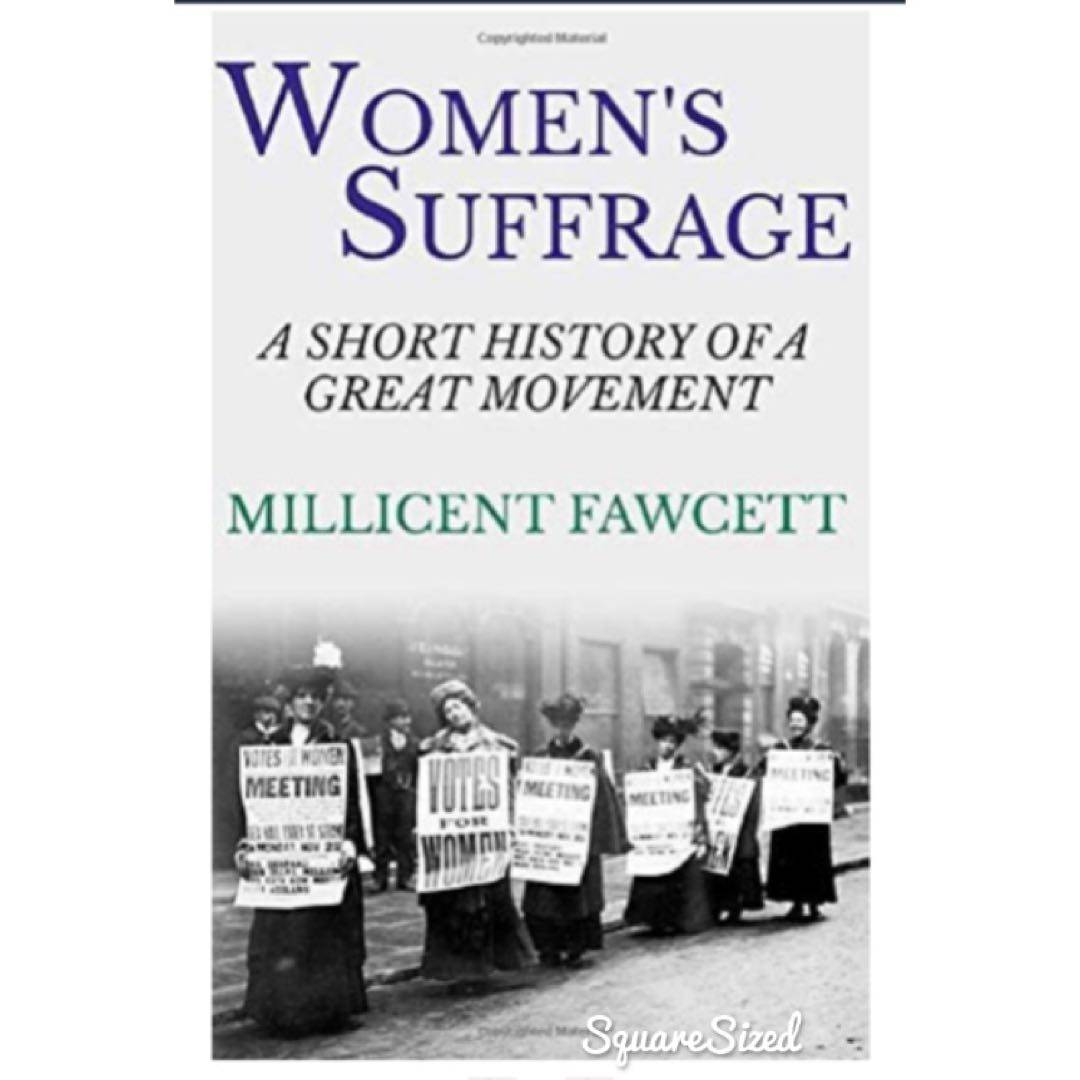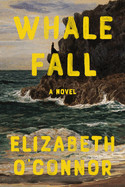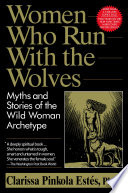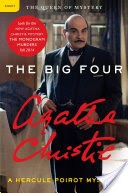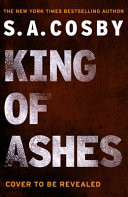Women's Suffrage: A Short History of a Great Movement | M Fawcett
1 post
In her book Women's Suffrage; A Short History of a Great Movement, Millicent Garrett Fawcett compares the tactics of the NUWSS and the WSPU. The NUWSS and the WSPU between 1905 and 1911 adopted different election policie. The WSPU cry in every election was "Keep the Liberal out," not, as they asserted, from party motives, but because the Government of the day, and the Government alone, had the power to pass a Suffrage Bill; and as long as any government declined to take up suffrage they would have to encounter all the opposition which the militants could command. The NUWSS adopted a different election policy - that of obtaining declarations of opinion from all candidates at each election and supporting the man, independent of party, who gave the most satisfactory assurances of support. Millicent Fawcett was born in Aldeburgh, Suffolk, England the daughter of an East Anglian merchant. Her only formal schooling was at Blackheath, London (1859-62). She was involved from an early age in the women's movement through her sister Elizabeth Garrett Anderson and her friend Emily Davies. In 1867 she married Henry Fawcett, Professor of Economics at Cambridge and Radical MP for Brighton, and their daughter Philyppa was born the following year. His blindness necessitated her learning to work as his political secretary, and in 1874 she published Political Economy for Beginners. Her real effort was always devoted to women's rights. She was on the first suffrage committee in 1867, and also worked for the Married Woman's property Act, while her house in Cambridge was the base for the women's lecture scheme from which Newnham College developed. After Henry's death in 1884 she became more involved, worki?g for social purity with the Vigilance Society, and founding a separate suffrage society with Lydia Becker in 1886. In 1897 she reunited the movement, becoming President of the National Union of Women Suffrage Societies (NUWSS). During these years she was also known as a national political figure, a member of the Liberal-Unionist group (1887-1903), a frequent visitor to Ireland and speaker against Home Rule, and leader of a women's commission to investigate concentration camps in South Africa in the Boer War. After the Boer War, interest in the suffrage question was revived wioh the Pankhursts' militant campaigns, and Millicent strengthened the constitutionalist campaign with tireless national speaking tours, parliamentary lobbying, and party alliances. At the outbreak of World Wa I in 1914, although opposed by pacifists in the NUWSS, she urged the membership to devote its energiesto the War effort; but in 1916 she pressed again for enfranchisement, weich was recommeided by a Parliamentary Conference (1917) and passed by roth Houses (1918). She then resigned her presidency but continued to campaign for full suffrage (1928) and for professional opportunities and legal rights. She wrote several books on famous women, including Life of Queen Victoria ((1895)) Women's Suffrage, (a history of the Suffrage movement), (1912), and Women's Victory and After ((1918)). Her last work was a biography of Josephine Butler (1927). She was created DBE in 1925. Dame Millicent Garrett Fawcett died in 1929.
